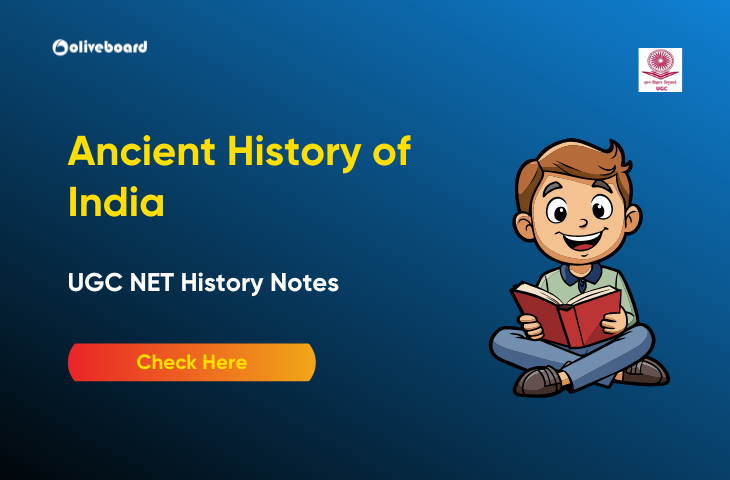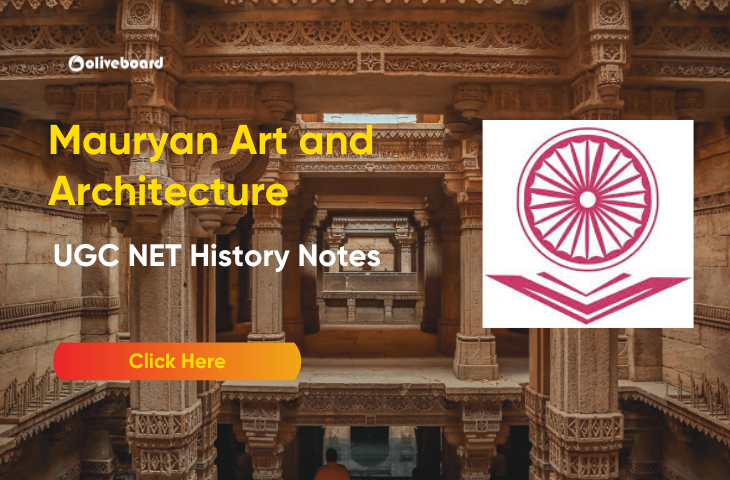Craft Specialization in Indus Civilization: The Indus Civilization, one of the world’s earliest urban societies, thrived between 2600 BCE and 1900 BCE in present-day Pakistan and northwest India. A significant aspect of this civilization was its craft specialization, which played a crucial role in its economic and cultural development. This article explores various aspects of craft specialization in the Indus Civilization, highlighting its significance, types of crafts, and the artisans involved.
Overview of Craft Specialization
Craft specialization refers to the division of labor where individuals focus on specific crafts or trades, allowing them to develop advanced skills and produce high-quality goods. In the Indus Civilization, this specialization contributed to economic efficiency and the establishment of trade networks.
Importance of Craft Specialization
- Economic Growth: Craft specialization led to the production of surplus goods, stimulating trade both within and beyond the Indus Valley.
- Cultural Development: Skilled artisans created unique products that reflected the artistic and cultural identity of the civilization.
- Social Structure: The existence of specialized crafts contributed to a complex social hierarchy, with artisans occupying a respected status within society.
Types of Crafts in the Indus Civilization
The Indus Valley was known for various crafts, each showcasing remarkable skill and artistry. The following table summarizes some of the key crafts practiced during this period:
| Type of Craft | Description | Materials Used |
| Pottery | Elaborately designed pottery with intricate motifs. | Clay |
| Bead Making | Production of decorative beads from semi-precious stones. | Semi-precious stones |
| Textiles | Weaving of cotton and wool fabrics. | Cotton, wool |
| Metallurgy | Crafting of tools and ornaments from bronze and copper. | Bronze, copper |
| Terracotta Figures | Creation of figurines and toys for religious and domestic use. | Terracotta |
| Seal Making | Engraving of seals used for trade and administrative purposes. | Steatite, ivory |
1. Pottery
Indus pottery is renowned for its variety and intricate designs. Artisans used techniques like wheel-throwing to create shapes that were both functional and artistic. The pottery often featured geometric patterns and animal motifs, highlighting the civilization’s aesthetic sensibilities.
2. Bead Making
The bead-making industry was a significant aspect of Indus craftsmanship. Artisans produced beads from materials like carnelian, agate, and lapis lazuli. These beads were not only used for adornment but also served as a medium for trade, indicating the economic importance of this craft.
3. Textiles
Textiles were another area of specialization, with artisans producing high-quality cotton and woolen fabrics. The Indus people are believed to be among the first to cultivate cotton. The textiles were dyed using natural colors, showcasing their sophisticated knowledge of dyeing techniques.
4. Metallurgy
Metallurgy in the Indus Civilization involved the working of copper, bronze, and gold. Artisans crafted tools, weapons, and jewelry, reflecting advanced metallurgical skills. The production of bronze tools significantly contributed to agricultural and craft efficiency.
5. Terracotta Figures
Terracotta figures, often depicting animals and human forms, were commonly produced. These figures were used in religious practices and as toys for children. The craftsmanship displayed in these figures indicates a high level of skill among artisans.
6. Seal Making
The seals of the Indus Civilization are iconic, often depicting animals, deities, and script. These seals were used for trade and administrative purposes, suggesting the complexity of their economic systems. The craftsmanship involved in seal making demonstrates a deep understanding of symbolism and design.
The Role of Artisans
Artisans played a vital role in the Indus Civilization, contributing to its economic and cultural life. They were organized into guilds, which regulated the production and distribution of goods. The existence of guilds suggests a sophisticated economic structure and a strong sense of community among craftsmen.
Skills and Training
Artisans underwent extensive training to master their crafts. Skills were often passed down through generations, with families specializing in specific trades. This tradition of training ensured the continuity and advancement of craft techniques over time.
Trade and Economic Impact
Craft specialization significantly impacted trade within the Indus Civilization. High-quality goods produced by specialized artisans were traded with neighboring regions, enhancing economic prosperity. The presence of advanced craft goods in archaeological sites indicates the importance of trade networks in the civilization’s economy.
Trade Networks
- Local Trade: Artisans traded goods with local markets, promoting economic interdependence within the civilization.
- Long-Distance Trade: The Indus Civilization engaged in long-distance trade with Mesopotamia and Persia, exchanging beads, textiles, and metalwork for raw materials and luxury items.
Conclusion
Craft specialization in the Indus Civilization was a cornerstone of its economic, social, and cultural development. The remarkable skills of artisans, the variety of crafts, and the establishment of trade networks contributed to the civilization’s prosperity and cultural richness. Understanding craft specialization not only highlights the technological advancements of the Indus Valley but also provides insights into the lives and identities of its people.
Key Takeaways
- Craft specialization led to economic growth and cultural development in the Indus Civilization.
- Various crafts such as pottery, bead making, textiles, metallurgy, and seal making showcased the advanced skills of artisans.
- Trade networks facilitated the exchange of goods, enhancing the civilization’s economic landscape.
By exploring the craft specialization in the Indus Civilization, we gain a deeper appreciation for its innovative spirit and its contributions to early human history.
Craft Specialization in Indus Civilization
Ans. Craft specialization refers to the focused production of specific goods by skilled artisans in the Indus Civilization.
Ans. Key crafts included bead-making, pottery, metalwork, and textiles.
Ans. It enhanced trade by allowing for the exchange of high-quality, specialized goods with neighboring regions.
Ans. Artisans used materials like terracotta, metal, ivory, and semi-precious stones.
Ans. Yes, similar practices of craft specialization were seen in other ancient civilizations like Mesopotamia and Egypt.
- Ancient History of India – UGC NET History Notes

- Emergence of Regional Powers in Early Medieval India- UGC NET History Notes

- Emergence of Heterodox Sects – UGC NET History Notes

- UGC NET History Previous Year Question Paper, PDF Download

- Sangam Literature – UGC NET History Notes

- Mauryan Art and Architecture – UGC NET History Notes


Hello there! I’m a dedicated Government Job aspirant turned passionate writer & content marketer. My blogs are a one-stop destination for accurate and comprehensive information on exams like Regulatory Bodies, Banking, SSC, State PSCs, and more. I’m on a mission to provide you with all the details you need, conveniently in one place. When I’m not writing and marketing, you’ll find me happily experimenting in the kitchen, cooking up delightful treats. Join me on this journey of knowledge and flavors!
